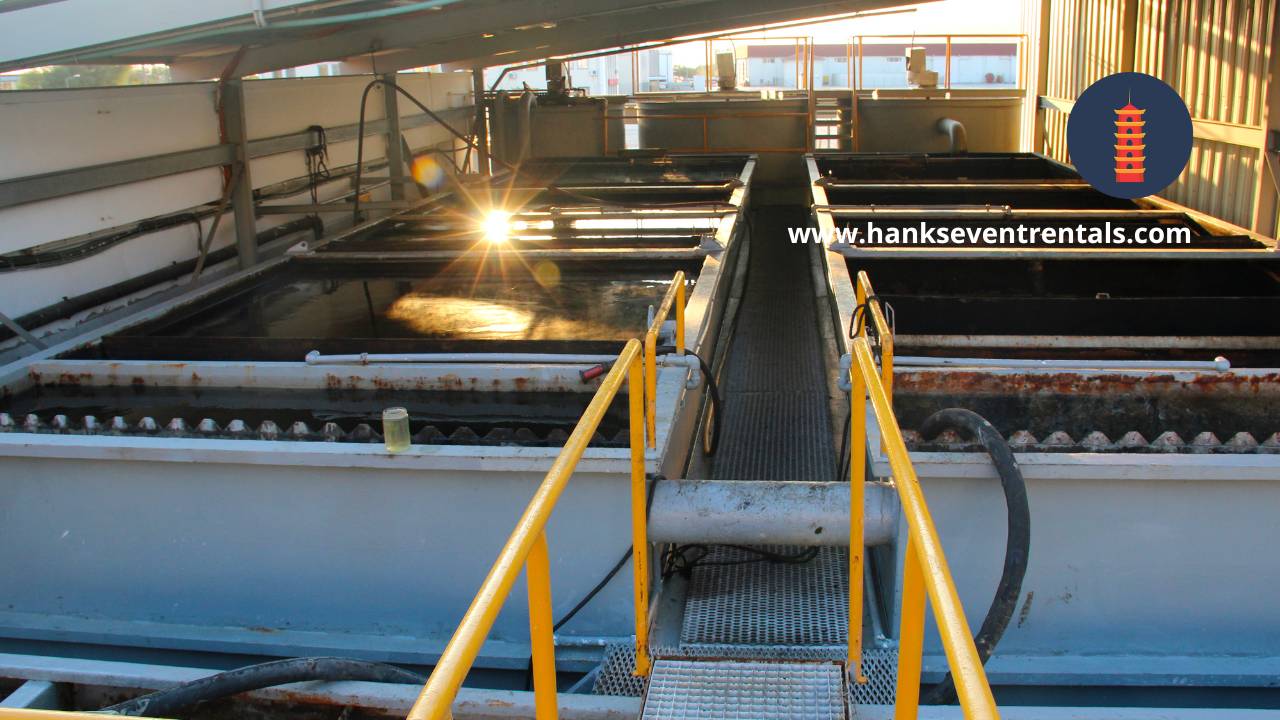A Global Project Approach
Water treatment facilities play a crucial role in the availability of clean and safe water across the world. In this pillar article, we’ll explore the essentials of water treatment facility projects in various countries, focusing on how they are planned, constructed, and operated to meet the water demand for communities and industries.
Whether you’re interested in understanding the commercial prospects, technological advances, or the different stages involved in setting up a water treatment facility, this guide is designed to provide clear, in-depth information tailored for a wide audience.
What Is a Water Treatment Facility?
A water treatment facility is a critical infrastructure designed to remove contaminants and improve the quality of water, making it safe for human consumption, agricultural, and industrial use. With growing populations and an increased focus on sustainable practices, water treatment facilities have become more essential than ever.
The Importance of Water Treatment Facilities
Water treatment facilities not only provide clean drinking water but also help protect the environment by ensuring wastewater is treated before being released back into nature. This reduces pollution, safeguards wildlife habitats, and supports the sustainable use of natural resources.
1. Types of Water Treatment Facilities
Different types of water treatment facilities exist depending on their application and the type of contaminants they remove:
- Municipal Water Treatment: Purifies water for urban and rural communities.
- Industrial Water Treatment: Targets specific contaminants found in industrial processes.
- Wastewater Treatment Plants: Cleans and recycles wastewater, including both domestic and industrial waste.
- Desalination Plants: Converts seawater into potable water, an especially useful solution for water-scarce regions.
2. The Process of Water Treatment
The core processes involved in water treatment may vary depending on the water quality and purpose. However, these are the primary steps:
- Coagulation and Flocculation: Chemicals are added to the raw water to bind particles together into larger clumps known as floc.
- Sedimentation: The floc settles at the bottom of a settling tank, leaving clear water above.
- Filtration: The clear water passes through filters made of sand, gravel, and charcoal to remove smaller particles.
- Disinfection: Chemicals like chlorine are added to destroy bacteria and viruses, ensuring water is safe for consumption.
3. Technologies Used in Modern Water Treatment Facilities
- Reverse Osmosis (RO): An effective desalination and decontamination method used worldwide.
- UV Radiation: Used to disinfect water without chemicals.
- Membrane Filtration: Includes microfiltration, ultrafiltration, and nanofiltration for different levels of contaminant removal.
- Advanced Oxidation Processes (AOPs): Utilizes reactive species to break down pollutants that are hard to remove.
4. Project Considerations for Building Water Treatment Facilities
4.1 Site Selection
Choosing the right location for a water treatment facility involves evaluating multiple factors:
- Proximity to Raw Water Source: The closer the facility to the source, the lower the cost of pumping and transporting raw water.
- Land Availability: Large plots of land are often required, especially for sedimentation and filtration processes.
- Environmental Impact: Potential impacts on nearby ecosystems must be carefully considered to gain regulatory approvals.
4.2 Budgeting and Financing
A typical water treatment facility project involves significant financial investment. Governments, international organizations, and private stakeholders often collaborate to finance these projects. Depending on the region, funding could also be supported through Public-Private Partnerships (PPPs).
4.3 Regulatory Compliance
Different countries have unique regulations governing water quality standards and treatment processes. Compliance with these regulations is essential to avoid fines and ensure safe drinking water for the population.
5. Examples of Water Treatment Facilities Across Different Countries
5.1 Singapore
Singapore is a global leader in water treatment, utilizing advanced technology to ensure a sustainable supply. The country’s water treatment infrastructure includes desalination plants, wastewater recycling, and rainwater harvesting, collectively known as the “Four National Taps.”
5.2 India
India has implemented a number of successful water treatment projects across rural areas. Community-based treatment plants provide clean drinking water, helping reduce waterborne diseases and supporting agriculture.
5.3 United States
The United States has a robust network of municipal water treatment facilities serving millions of people. These facilities also play a role in regulating water quality to meet the standards set by the Environmental Protection Agency (EPA).
6. Future Trends in Water Treatment Facility Development
6.1 Decentralized Treatment Systems
With rising demand, decentralized water treatment systems are gaining popularity. Smaller facilities that cater to localized needs offer a cost-effective solution, especially in developing regions.
6.2 AI and Automation
Artificial Intelligence and automation are playing a growing role in optimizing water treatment processes. Sensors, remote monitoring, and data analytics are being utilized to make water treatment more efficient and reduce human intervention.
6.3 Renewable Energy Integration
Using renewable energy sources, like solar and wind, to power water treatment plants is becoming increasingly common. This trend supports sustainability while reducing operational costs.
7. Key Challenges in Water Treatment Projects
- High Initial Investment: The cost of establishing a water treatment facility is often prohibitive, particularly in developing countries.
- Operational Challenges: Running these facilities requires skilled manpower and constant maintenance.
- Public Perception: Acceptance of treated water—especially recycled wastewater—can be a challenge in certain cultures due to preconceived notions about purity.
FAQs about Water Treatment Facilities
Q1: How does a water treatment facility help in maintaining water quality?
A1: A water treatment facility helps maintain water quality by removing physical, chemical, and biological contaminants, ensuring that the water is safe for drinking, agriculture, and industrial use.
Q2: What technologies are used in modern water treatment plants?
A2: Common technologies include reverse osmosis, UV radiation, membrane filtration, and advanced oxidation processes. Each technology has its unique advantages depending on the type of contaminants present.
Q3: How long does it take to build a water treatment facility?
A3: The construction time for a water treatment facility can vary from a few months to several years, depending on the size, complexity, and type of treatment process.
Q4: Is wastewater treatment different from water treatment?
A4: Yes, wastewater treatment focuses on treating water that has been used in homes, industries, and agriculture to remove contaminants before releasing it back into the environment. Water treatment typically refers to purifying water for human consumption.
Q5: Why are water treatment facilities important for sustainable development?
A5: Water treatment facilities ensure a reliable supply of clean water, which is essential for public health, industrial growth, and agricultural productivity. They play a crucial role in meeting sustainable development goals, such as clean water for all and environmental protection.
Q6: How much does it cost to maintain a water treatment facility?
A6: Maintenance costs vary depending on the size and technology used. On average, costs include labor, chemicals, energy, and routine maintenance tasks to ensure efficiency.
Q7: How does a desalination plant differ from other types of water treatment facilities?
A7: A desalination plant specifically focuses on converting seawater into potable water by removing salt and minerals, which makes it particularly useful for coastal and water-scarce regions.
Q8: How are communities involved in water treatment projects?
A8: Community involvement is crucial, particularly in rural areas. Public education and stakeholder engagement help in the acceptance and maintenance of water treatment facilities, ensuring their long-term success.
Read more also: Demin Water Systems: Benefits, Applications, and How They Work
Conclusion
Water treatment facilities are fundamental to ensuring the health and wellbeing of communities, the environment, and industries. By purifying water for drinking and treating wastewater, these facilities play a significant role in sustainable development.
Whether it’s through government-driven projects or innovative public-private partnerships, water treatment facilities have a direct impact on quality of life and are vital for managing our planet’s water resources responsibly.
Are you interested in learning more about water treatment projects or need support in initiating one? Feel free to reach out and explore the possibilities of sustainable water management.



